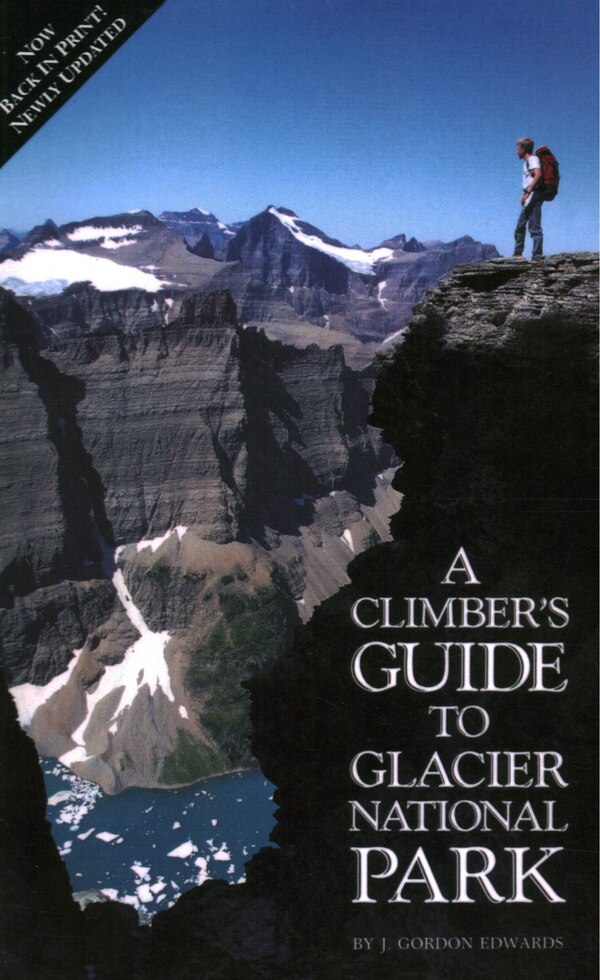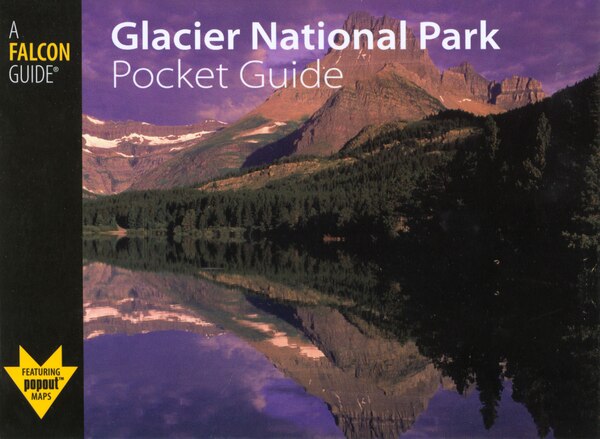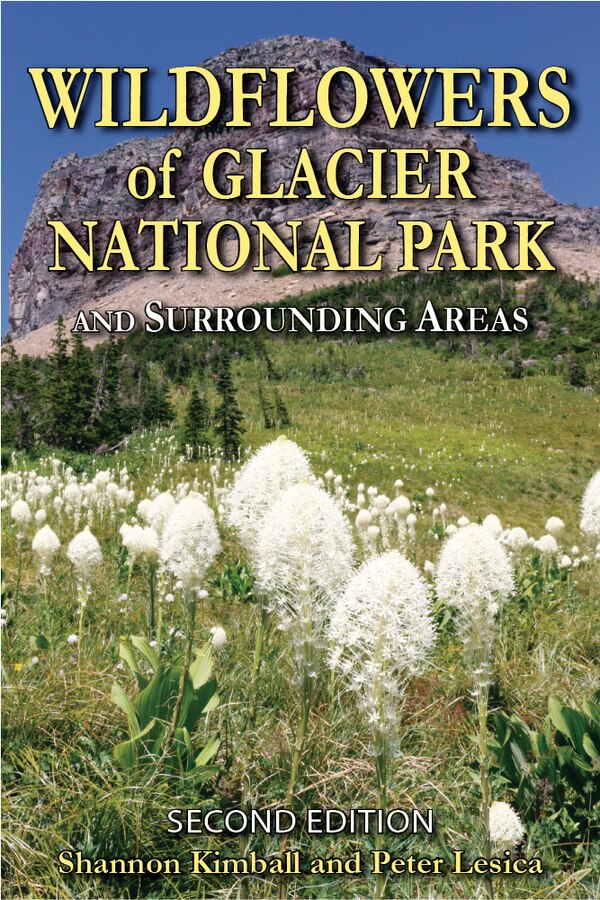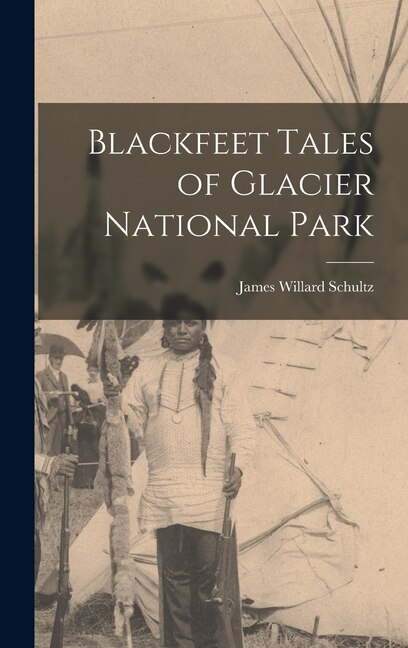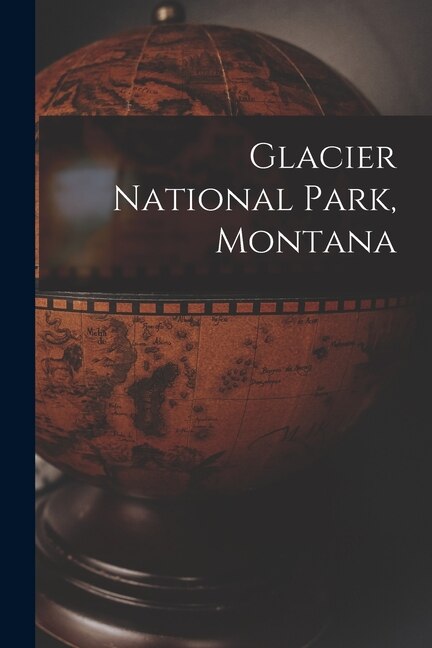Home
The Glacier National Park A Popular Guide To Its Geology And Scenery by Marius R Campbell, Paperback | Indigo Chapters
Loading Inventory...
Indigo
The Glacier National Park A Popular Guide To Its Geology And Scenery by Marius R Campbell, Paperback | Indigo Chapters
From Marius R Campbell
Current price: $20.99


Indigo
The Glacier National Park A Popular Guide To Its Geology And Scenery by Marius R Campbell, Paperback | Indigo Chapters
From Marius R Campbell
Current price: $20.99
Loading Inventory...
Size: 0.15 x 9.69 x 0.31
*Product information may vary - to confirm product availability, pricing, shipping and return information please contact Indigo
The Glacier National Park includes that part of the Front Range of the Rocky Mountains lying just south of the Canadian line, in Teton and Flathead counties, Mont. It is bounded on the west by Flathead River (locally called North Fork), on the south by the Middle Fork of Flathead River and the Great Northern Railway, and on the east by the Blackfeet Indian Reservation. Although this part of the Rocky Mountains has been known since Lewis and Clark crossed the continent in 1805-6, the region later made a park appears not to have been visited by white men until 1853, when Cut Bank Pass was crossed by A. W. Tinkham, one of the Government engineers engaged in exploring a route for the Pacific railroad. Tinkham, who was encamped in the Bitterroot Valley, was ordered to examine Marias Pass, but in traversing Middle Fork of Flathead River along the line of the present railroad he was evidently misled by the large size of the valley of Nyack Creek and ascended that instead of keeping to the right up the main stream. He reported the pass impracticable for railroad construction, and so this region dropped out of public attention for a long time. The next explorers to enter the region were a group of surveyors who, under the direction of American and British commissioners, established the international boundary line along the forty-ninth parallel from the Pacific coast to the main summit of the Rocky Mountains. This party reached the area now included in the park in the summer of 1861, and the stone monument shown in Plate I, B, which they erected on the Continental Divide west of Waterton Lake, still marks a point on the boundary between the United States and Canada. The land on the west side of the range formed a part of the public domain which, until the erection of the park, was open to settlement, but the land on the east originally belonged to the Blackfeet Indians and the white men had no rights upon it. About 1890 copper ore was found near the heads of Quartz and Miner | The Glacier National Park A Popular Guide To Its Geology And Scenery by Marius R Campbell, Paperback | Indigo Chapters


